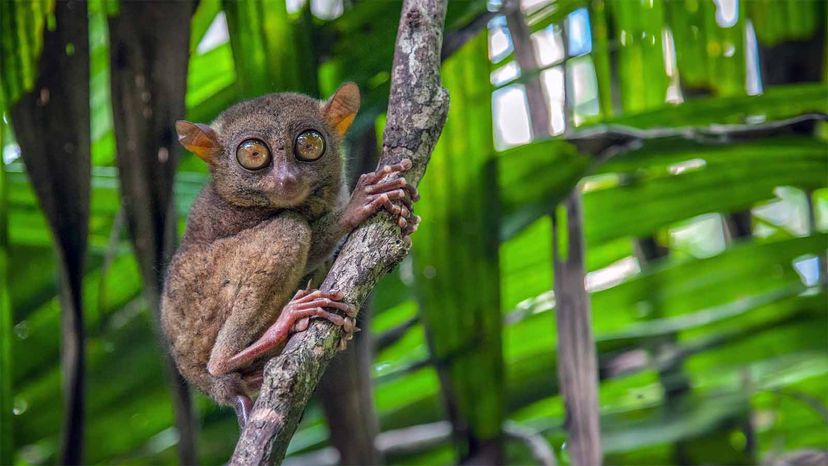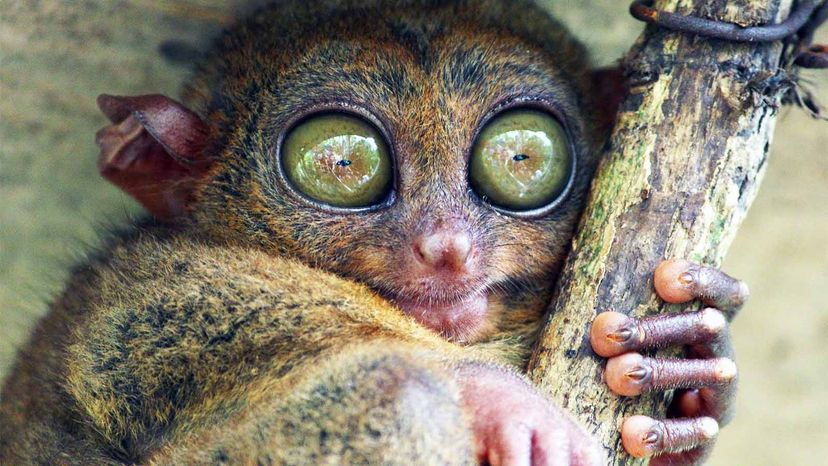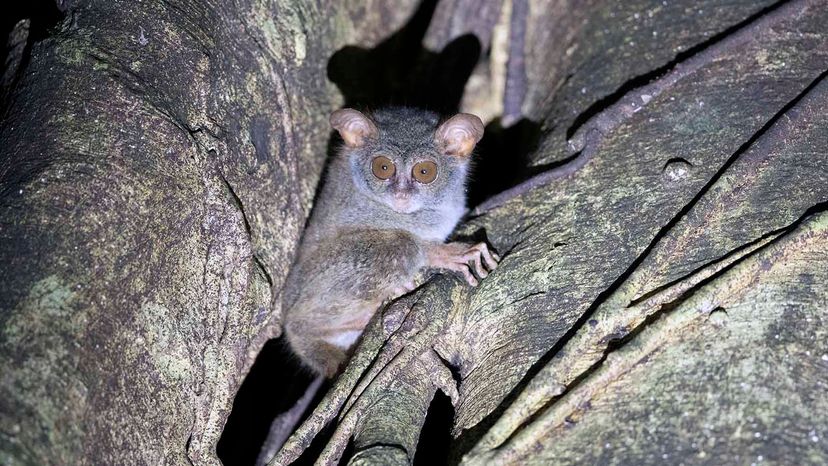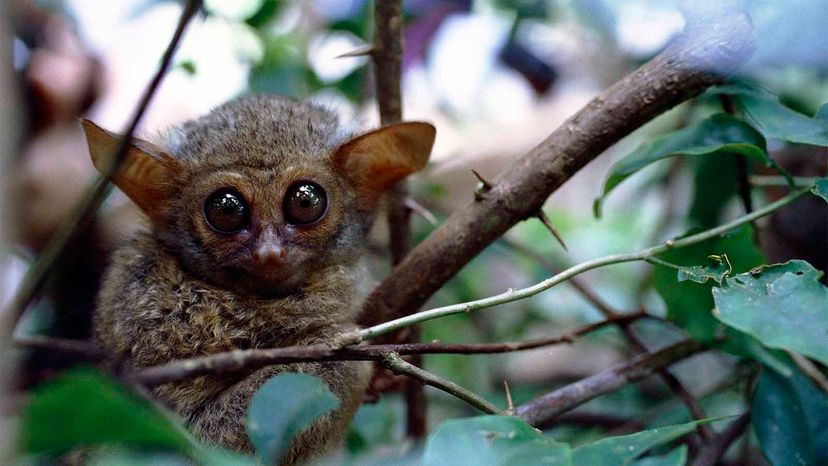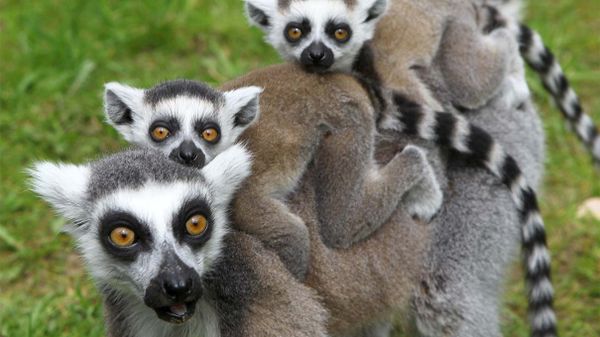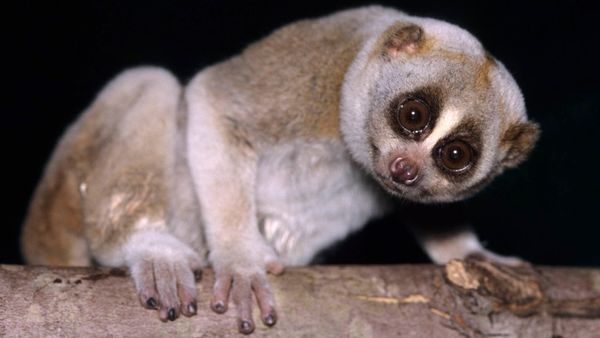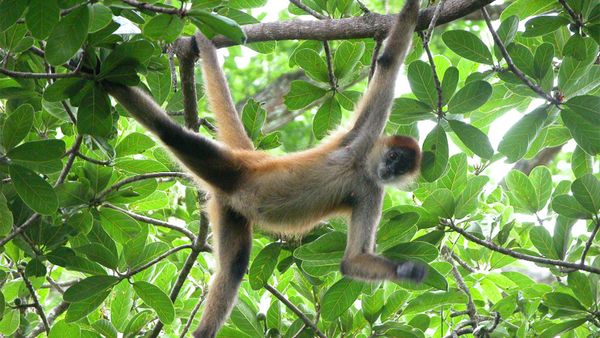Tarsiers are notoriously elusive and difficult to study, especially without the dead giveaway eye shine that other nocturnal species have. Don't bet on seeing them at the zoo, either, because they do poorly in captivity.
"Every single group that has been brought into captivity has seen its population go down either very quickly or less quickly, but they all die eventually," explains Shekelle. "I don't think that it has to be that way."
Tarsier conservation is becoming an increasingly important topic as some species of tarsiers have made the endangered or vulnerable species list due to their small size, limited population, lack of protected areas, and deforestation and mining. The island of Sangihe in Indonesia has an endemic species of tarsiers — the Sangihe tarsier (Tarsius sangirensis) — meaning they are only found there. The Sangihe tarsier was recently added to the list of 25 most endangered primates in the world after the island opened to gold mining.
Because there are more tarsier species than scientists studying them, Shekelle says it's difficult to know precisely how endangered some species are across these many islands. In fact, he says there's an even smaller island between Sangihe and Sulawesi called Siau Island. It's only about 38 square miles (100 square kilometers) and is home to a critically endangered species he wrote about in 2008 called Tarsius tumpara.
Shekelle hopes that more tarsier species won't become critically endangered with some intentional conservation efforts.
"If we keep tarsiers in their habitat, like in Indonesia, and we simply throw a 'cage' around them and use somebody who actually knows how to keep tarsiers alive," says Shekelle, "they stay alive, and they breed."
It's a systematic process to get tarsiers into a properly controlled environment that requires time, expertise and financial investment.
